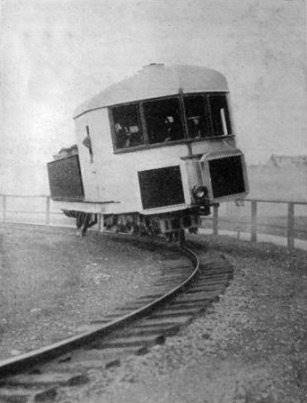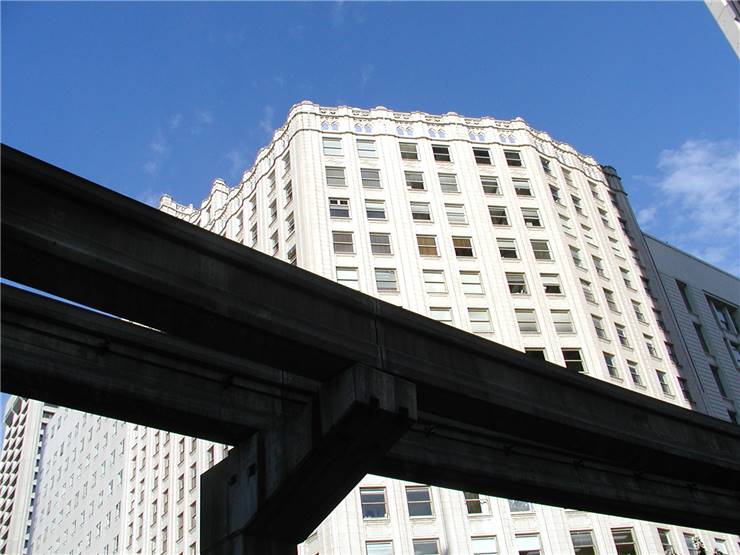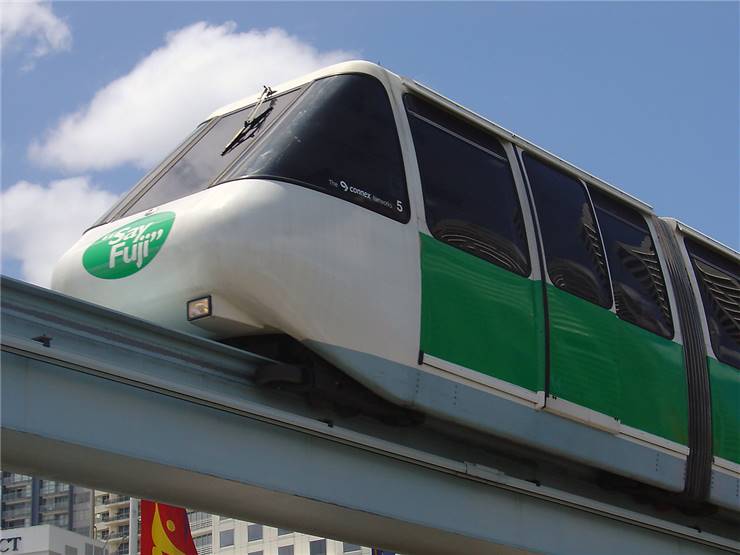Monorail History, Facts and Types
Monorail is a type of railway that has a track that is a single rail. Monorails are used for passenger railway transport but they are also used in airport transfer and for medium capacity metros.
Ivan Elmanov was the first to invent monorail in 1820 in Russia but in his idea carriages were to be drawn by horses and its wheels were on the rail not on the carriages. Henry Palmer in the UK patented his idea in 1821 and Deptford Dockyard in South-East London was the place where the first monorail was built. The first monorail that carried passengers was built in Hertfordshire. These early designs had double-flanged single metal rail.
From the first idea to the 1950s many monorail variants were proposed and experimented with but rare saw the light of day except as prototypes. Gyro monorails, with had cars gyroscopically balanced on top of one rail were one of them but they remained prototypes. Lartigue High-speed Monorail was proposed in 1901 for a line between Liverpool and Manchester but was never built. Brennan gyroscopic monorail was proposed for use in a coal mine in Alaska in 1910 but was also never built. New York City planed its monorail system but they gave up on that idea in the early 1930s. But not all monorail ideas remained on paper. Wuppertal Suspension Railway in Germany was built between 1898 and 1901 and it works still. Patiala State Monorail Train-ways in Punjab, India was in operation between 1907 and 1927. Its trains had a load-bearing single rail and an external wheel for balance.

Improved variants of monorail started appearing in the second half of the 20th century. The first improvements ware larger beam or girder-based track and vehicles that had two sets of wheels, one for support and the other for guiding. ALWEG straddle design appeared in 1950s and it was used by two largest monorail manufacturers, “Hitachi Monorail” and “Bombardier”. The first monorails that will be used in the United States were tested in 1956 and were installed in Disneyland in California, and in Walt Disney World in Florida and Seattle. Exhibition installations and amusement parks were the first users of monorails and they marketed them as futuristic technology but monorail didn't became widely popular, for one part because of competition with automobile. Public transit authorities were especially reluctant to introduce an untested method of transport that they perceived as costly and not efficient as other variants. This showed, for instance, in 1963 when ALWEG consortium proposed to build monorail system in Los Angeles in return for the right of operation. They were turned down and the later built subway system never reached the scale monorail was supposed to reach.
Monorail became more popular from the 1980s, with a rise in urbanization and traffic. Japan, one of the earliest users of monorail has one of the busiest monorails: Tokyo Monorail. It serves over 127,000 passengers per day and since it began its operation in 1964 it has served more than 1.5 billion passengers. Now, modern monorail systems are built in China, India and Malta (which plans the longest monorail network in the world.)
Today, the most common type of monorail is the straddle-beam. In this variant, train straddles a steel or reinforced concrete beam that is between 0.5 to 1 m wide. Carriage transfers the movement to the beam with traction of rubber tires. This also stabilizes the carriage. Some variants are of suspension type and they have carriages that hang below the rail with steel wheels that are above the rail. Motor of suspension monorail is also above the rail driving the wheels.



